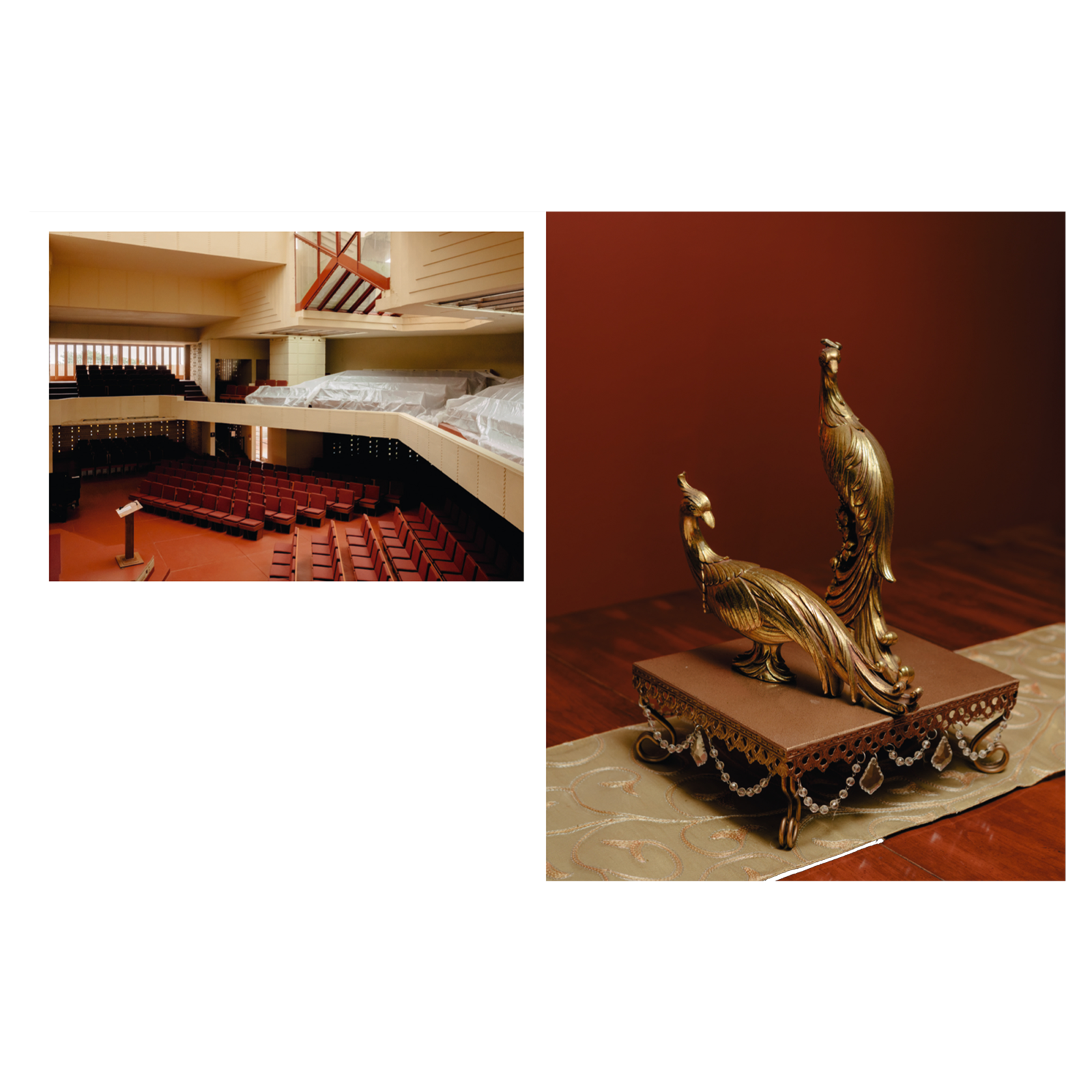Paradise
Biographic and didactic text for New York City photographer Daniel Dorsa and his book Paradise (Pomegranate Press). Dorsa’s work has been commissioned and published by The New Yorker, The New York Times, New York Magazine, Vogue Mexico, Rolling Stone, Monocle, WSJ Magazine and Time Magazine, as well as by clients such as Herman Miller, Uniqlo, SSENSE, Levi’s, Atlantic Records, Airbnb and Matches Fashion. Dorsa’s first book, Paradise draws together photographs made between 2017 and 2020 in south and central Florida, exploring isolation and environmental decay.
Artist Biography
Daniel Dorsa (b. 1988) is a Brooklyn-based photographer who works across portraiture, fashion, landscape and visual reportage. A fascination with the cultural and aesthetic flatness of modern America permeates Dorsa’s work, which is tied to his upbringing in suburban Florida as a child of Cuban and Italian immigrants. He discovered photography in high school, taking a class with the intention of documenting his friends in the skateboarding scene. Inspired by skate magazine action imagery and the freedom skateboarding itself offered as a vehicle for both environmental engagement and creative expression, Dorsa’s interest steadily grew into more studied, narrative-based explorations of his surroundings. He was later introduced to the work of modern-era photojournalists and artists such as Stephen Shore, Seth Eggleston and Andreas Gursky, and honed his technical ability working in a fashion photography studio in New York. These contrasting hi- and lo-fi influences combine in his contemporary work, which is sometimes studio-clean and exacting and sometimes slightly off-beat. Always present is a clever interplay between photographer, subject, light and place that emphasizes the richness of the human against an ever-looming backdrop of banality.
Paradise Didactic
Paradise is an ongoing photographic series documenting south and central Florida, exploring human isolation and loneliness against the state’s backdrop of immense natural wonder—and its breakdown. Dorsa’s fascination with Florida began in his childhood, growing up in an immigrant family in a suburb outside West Palm Beach, north of Miami. As an adult living and working in Brooklyn, Dorsa’s visits to his family in Florida became times of contrast—a fondness and nostalgia for home meeting intense boredom and a preoccupation with the fallacy of the Floridian promise of “paradise".
The images in Paradise are sparsely populated and peculiar, exposing the strange nuance and dark undercurrent of a place otherwise happily reduced to its beaches, its simplicity, its offer of removal from the rat race. Both human and non-human subjects are rendered solitary, even forsaken: a young man hunched over his bicycle takes on the same quality as a lone deer caught as if in headlights on a well-manicured lawn, or a fallen light pole in a carpark. There is a sense of disquiet in these images that channels the wandering eye of the artist as it searches for stimulation across vast wetlands, rainforests and oceans. Nature’s splendour is clearly contemplated, but shown as blighted by human absurdity and ignorance. In one image, an aerial banner advertising a gun range floats across a perfect blue sky. In others, a baby crocodile resting in the palm of a hand; birds and fish in enclosures; a palm tree with a metal cylinder around its trunk. Paradise depicts a place stuck between two versions of itself, somehow evaded by its own beauty. A place that is—as a remote sign in one image reads—“almost heaven”, but not quite.
Written by Emma Pegrum.
